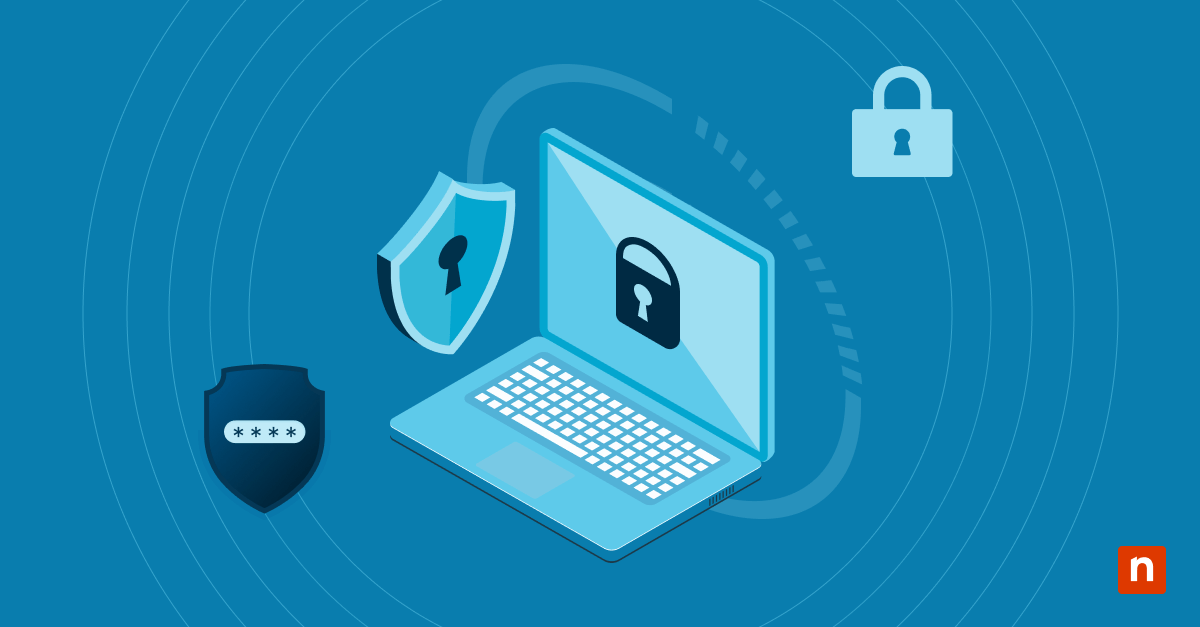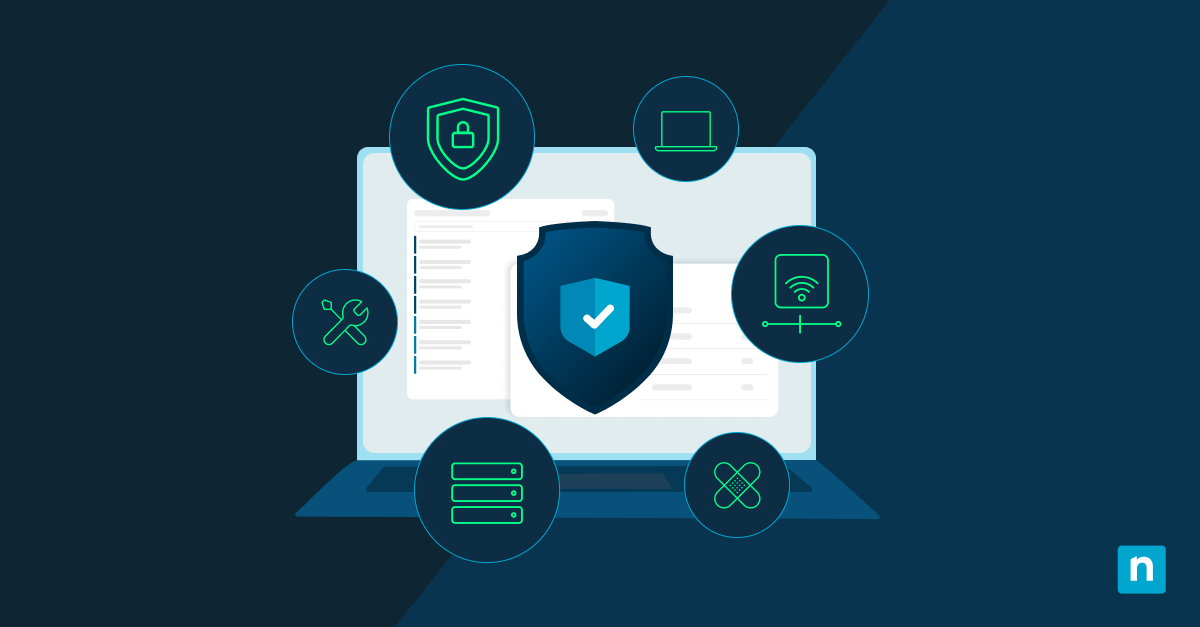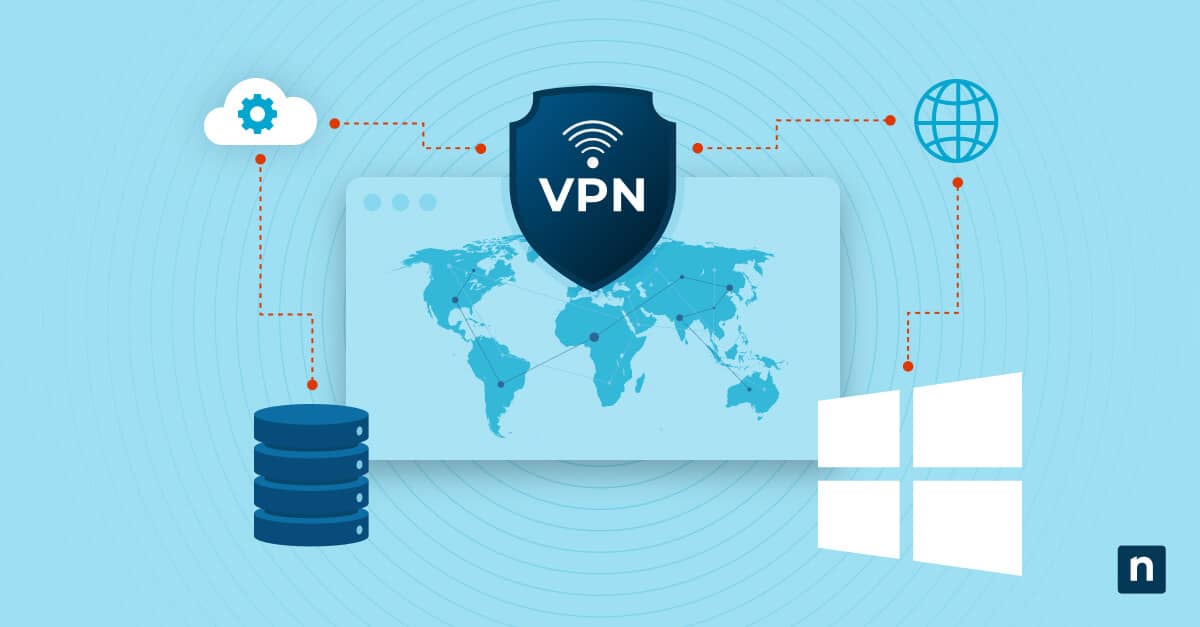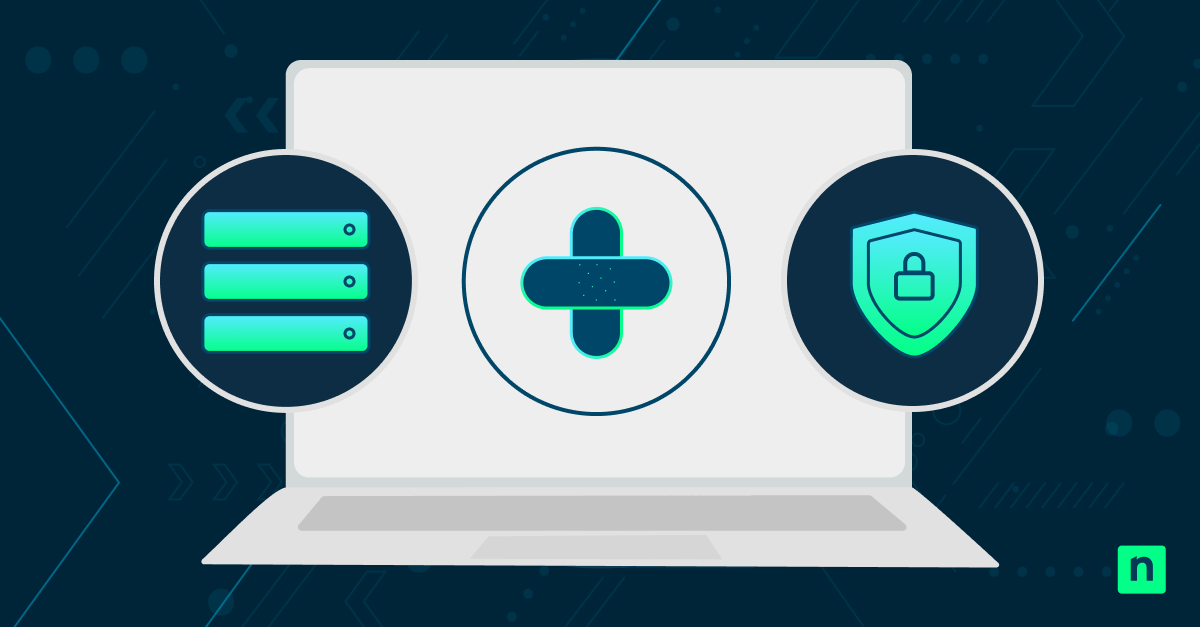The Digital Operational Resilience Act (DORA) is a regulation that sets cybersecurity and risk management standards for the EU’s financial sector. Improved operational resilience makes your organization less vulnerable to attacks and data loss – something doubly important for big banks and credit institutions, which is where DORA comes in.
This article examines DORA regulation, its key requirements, and how to achieve financial sector compliance in the EU.
What is the Digital Operational Resilience Act (DORA)?
The Digital Operational Resilience Act is a comprehensive framework that enforces risk management methods to keep EU financial institutions competent against cyberattacks.
Before DORA, banks, insurance companies, and large investors prepared for cyber incidents by simply setting aside capital to pay for potential losses. It wasn’t proactive at all. But since DORA was signed into law in 2023, the EU financial sector now needs to take concrete steps to ensure those losses don’t happen in the first place.
This preventative regulation is enforced by the European Union to strengthen its ability to withstand online threats that target financial systems.
Who does DORA apply to?
The Digital Operational Resilience Act applies to these EU institutions:
- Account information service providers (AISPs): Entities that collect and manage payment account information.
- Administrators of critical benchmarks: Organizations that set guiding principles for financial institutions.
- Central counterparties: Intermediaries that lower counterparty risk in financial transactions.
- Central securities depositories: Firms that hold and transfer securities.
- Credit rating agencies: Institutions that assess and rate the credit rating quality of issuers.
- Crowdfunding service providers: Platforms that facilitate public fundraising.
- Crypto-asset service providers and issuers of asset-referenced tokens: Entities that offer cryptocurrency services and give out asset-linked tokens.
- Data reporting service providers (DSRPs): Organizations that report financial data to uphold transparency.
- Electronic money institutions (with exempt ones): Institutions that follow transparency guidelines and report financial data.
- ICT third-party service providers: Providers of IT services to financial institutions.
- Institutions for Occupational Retirement Provision (IORPs): Managers of employee pension schemes.
- Insurance and reinsurance companies: Firms that offer insurance and risk coverage.
- Insurance intermediaries: Brokers/agents that sell insurance packages.
- Investment firms: Organizations that offer asset management and investment opportunities.
- Management companies: Entities that lead investment funds.
- Managers of alternative investment funds: Firms managing alternative investment funds (e.g., hedge fund, private equity.)
- Mortgage lenders: Institutions offering loans secured through real estate.
- Payment institutions: Entities providing payment services.
- Retirement savings institutions: Agencies offering retirement savings products.
- Securitization repositories: Entities that collect, store, and maintain records of securitization transactions.
- Trade repositories: Organizations that centralize and maintain records of derivatives, securities financing, and other financial trades to improve regulatory oversight.
- Trading venues: Platforms that facilitate the buying and selling of financial instruments, including regulated markets, multilateral trading facilities (MTFs), and organized trading facilities (OTFs).
Even third-party software providers are subject to DORA’s guidelines, with noncompliance warranting “effective, proportionate, and dissuasive” penalties, not to mention a hit to your reputation. The seriousness of this clause is due to how intertwined MSPs are with the critical processes that banks and other institutions depend on; incident reports and security patch management being some examples.
With that in mind, total compliance will not only minimize workplace disruptions but also enhance your organization’s cybersecurity standards, reinforcing the digital infrastructure of the EU’s overall financial state.
Key requirements of DORA compliance
ICT risk management
The Digital Operational Resilience Act revolves around the identification, mitigation, and continuous monitoring of present and emerging threats. The first step is managing risk.
Control user privileges, keep data accurate and intact, and use government-grade encryption to keep everything safe. These measures (and the internal systems put in place to safeguard information) should be maintained and optimized by professionals who can also be held accountable.
Incident reporting
Financial institutions must develop their own protocol for incident assessment and reporting, and this work should be done in a timely manner.
Create detailed incident records, adapt robust response protocols, evaluate outcomes, maintain proper channels with the authorities, and consistently report to customers and shareholders.
Testing and resilience strategies
DORA mandates financial institutions to test their digital defenses yearly in three ways: advanced vulnerability tests on information and communication technology (ICT) systems, independent evaluation of your infrastructure’s weak points, and threat-led penetration testing (TLPT) that simulates real-world attacks.
But it doesn’t stop there. Your organization also has to create and maintain documentation about these trials, which should include methodologies and the extra steps taken to patch the holes in your digital ecosystem.
🛑 Proactively identify, evaluate, mitigate, and remediate vulnerabilities in your IT environment.
Read this guide on how to reduce vulnerabilities.
Third-party risk management
Third-party vendors need to be consistently monitored and evaluated to make sure they follow DORA’s strict requirements.
Assess each third-party provider based on their technical capabilities, level of security, and disaster recovery plans. Additionally, third-party contracts should be airtight, and all DORA standards should be enforced.
Information sharing and cooperation
DORA encourages members of the financial sector to share knowledge on evolving cyber threats with one another. Networks that share incidents on new malware and the latest hacker methodologies are invaluable sources of information for your IT team and can help prevent PR nightmares down the line. Just look at these 2025 cybersecurity statistics: Recent studies suggest that threat actors can reliably penetrate 93% of organizations’ networks.
What are the benefits of DORA compliance?
Technology is rapidly evolving, so DORA gives financial institutions another line of defense against sophisticated threats that are bound to emerge. Complying not only safeguards your businesses but also paves the way for uninterrupted productivity, giving your business that constant edge to stay on top.
The new EU standard’s practices have also been shown to work for businesses, while building trust with regulators, shareholders, and prospective clients. A 2024 study by the Future Business Journal showed that transparency regarding cybersecurity had a positively significant impact on bank performance and encouraged more banks to do the same. Simply put, people want to know that their money is safe, and complying with DORA gives them more confidence.
DORA compliance: The biggest challenges
While DORA presents some major pros, small to medium-sized financial institutions in the EU face size and budget constraints. Their challenges can also bleed into third-party vendor contract negotiations. This is one reason why some turn to managed service providers (MSPs), many of which can provide ICT support without breaking the bank. Others adopt cost-effective, all-in-one management tools to eliminate IT misery without breaking the bank.
Steps to achieve DORA compliance
1. Conduct a compliance gap analysis
First, perform a gap analysis that compares what you already have with what you want to achieve via DORA’s standards. Think of it as a Venn diagram that’ll help you see what’s missing in your IT framework. To do this:
- Identify the gap between your structure and DORA’s needs.
- Rank them based on importance.
- Create time-sensitive action plans to address them competently.
2. Establish an ICT risk management framework
Next, create a management structure in your organization and assign clear roles. This DORA cybersecurity framework should be able to:
- Assign clear roles in the leadership structure.
- Assess risks impacting operations (e.g., ransomware, system failures, etc.).
- Create strategies to mitigate known risks (e.g., firewalls, least privilege access, encrypted drives).
- Closely coordinate with incident response and disaster recovery.
- Monitor and review past cases as well as current policies as new threats emerge.
3. Develop a robust incident response plan
Bad stuff happens, and you’ve got to be ready for it 24/7. Here’s what you need according to DORA:
- Define incidents based on severity and frequency.
- Outline clear steps on how to approach, mitigate, and contain incidents for internal and external partners.
- Delegate roles in preparing for future incidents.
- Develop business continuity measures to restore data and get systems online quickly.
- Perform tabletop exercises/simulations regularly to check for any necessary improvements. For a more in-depth discussion, see this guide, IT Security Checklist to Protect Your Business.
4. Collaborate with third-party providers to check for compliance
Do your due diligence on third-party vendors you employ to ensure total DORA compliance. Here’s how:
- Make sure your provider follows good security practices and data protection policies.
- Incorporate DORA compliance standards in your organization’s contracts. We recommend reading our guide on managed services agreements for MSPs for more information.
- Constantly monitor their performance through audits.
- Team up to help solve any gaps in your infrastructure.
- Maintain an open line of communication.
Read this guide → How to Choose a Reliable IT Service Provider
5. Regularly test and monitor for resilience
Prove your system’s security measures with extensive simulations that test its resilience:
- Conduct annual security tests.
- Assess your system vulnerabilities every 4 months.
- Use TLPT to simulate real-world attacks.
- Continuously track system performance, availability, and security during the tests.
- Analyze results to identify weak spots and ways to improve.
- Revise and intensify security protocols, recovery plans, and incident response.
How DORA impacts the future of financial sector compliance
DORA complements pre-existing standards and regulations in the EU, such as the General Data Protection Regulation (GDPR) and NIS2’s security directive, improving the overall digital well-being of its financial sector.
This major push for better operational resilience standards will likely inspire other countries outside the EU to adopt similar principles, such as GDPR, which sets a precedent for data regulation and operational safety worldwide.
By aligning on new and robust security frameworks like DORA, countries can foster a healthier world community that’s better equipped to face the digital threats of today.
Your DORA compliance journey
The DORA enforces stronger risk management standards for banks and other financial firms in the European Union. DORA’s framework requires the formation of ICT risk management leadership, fast and reliable incident reporting, consistent testing, third-party provider evaluation, and information sharing.
Large financial institutions provide the lifeblood of the economy, and while incidents can happen, it’s your obligation to minimize the risk as much as you can. Following DORA grants your organization a stronger command system, world-class cybersecurity measures, and more, so start your compliance journey today.







